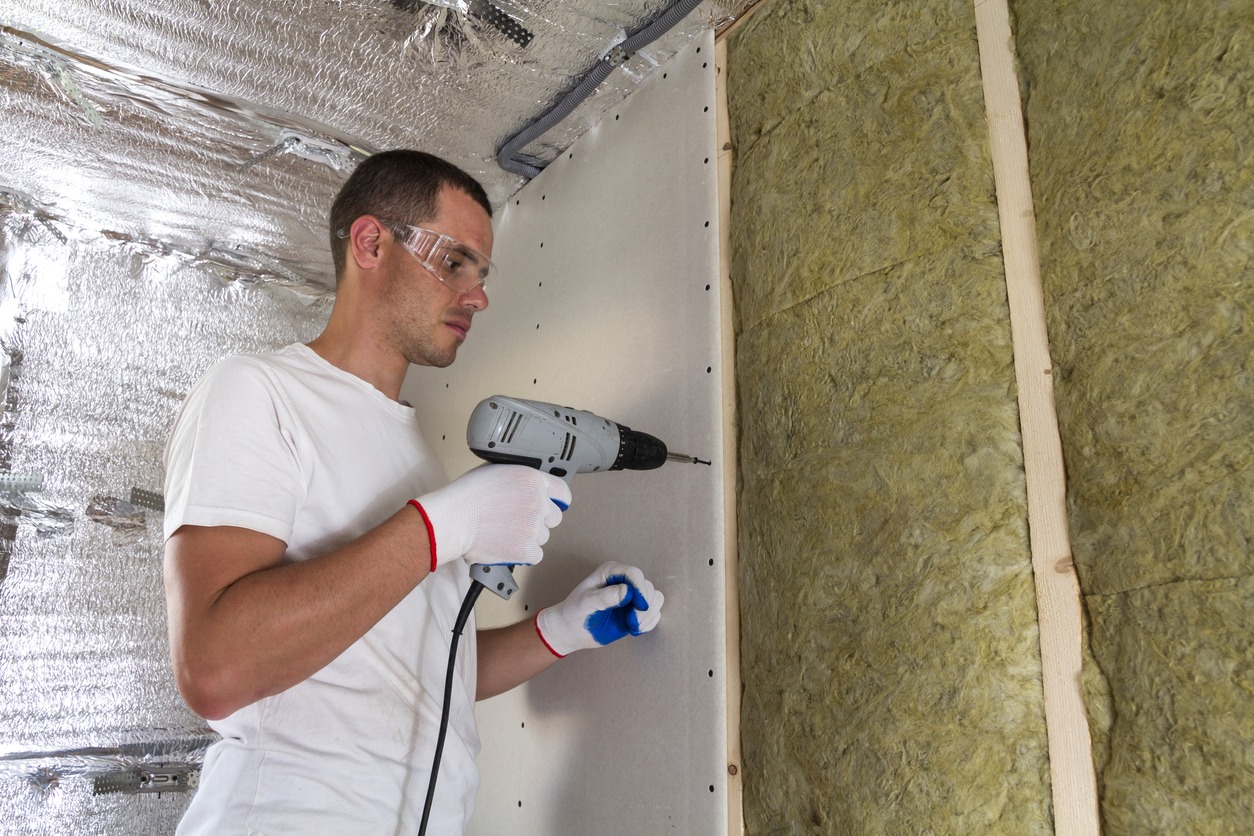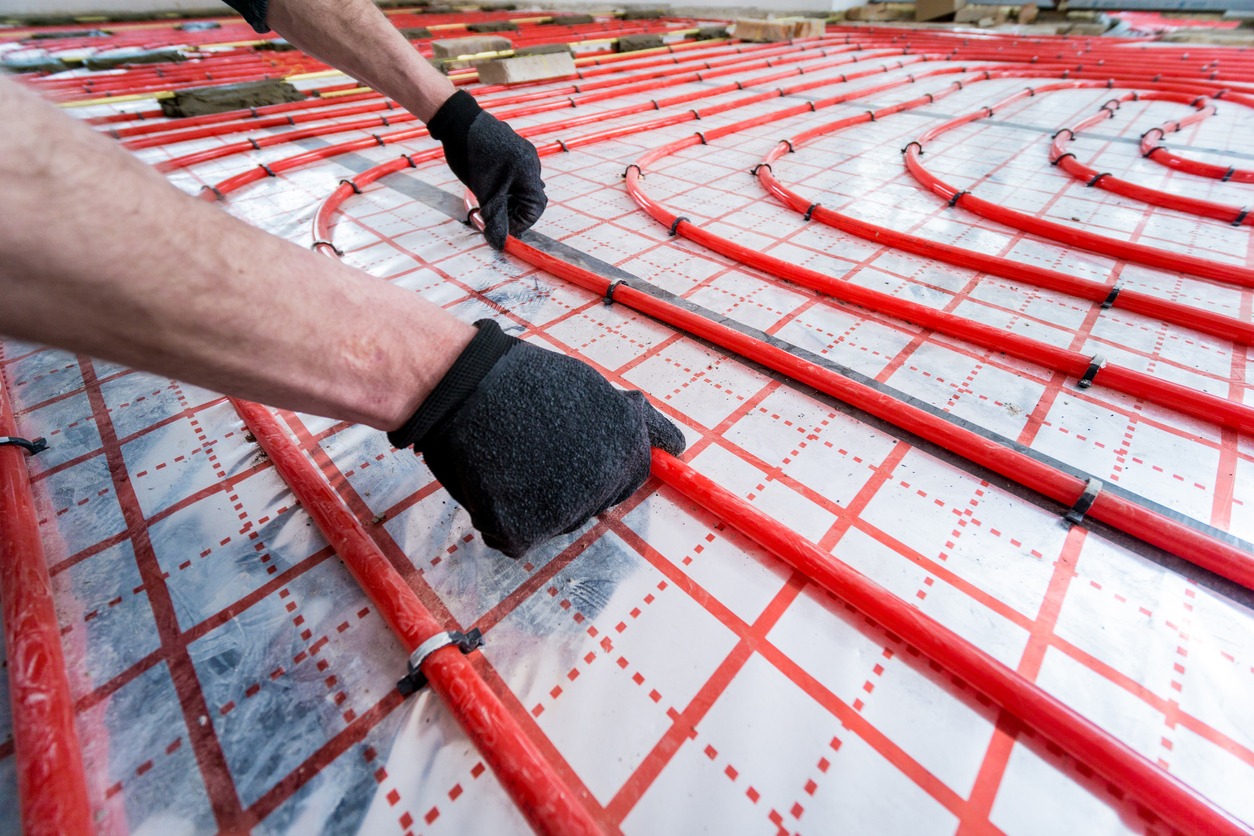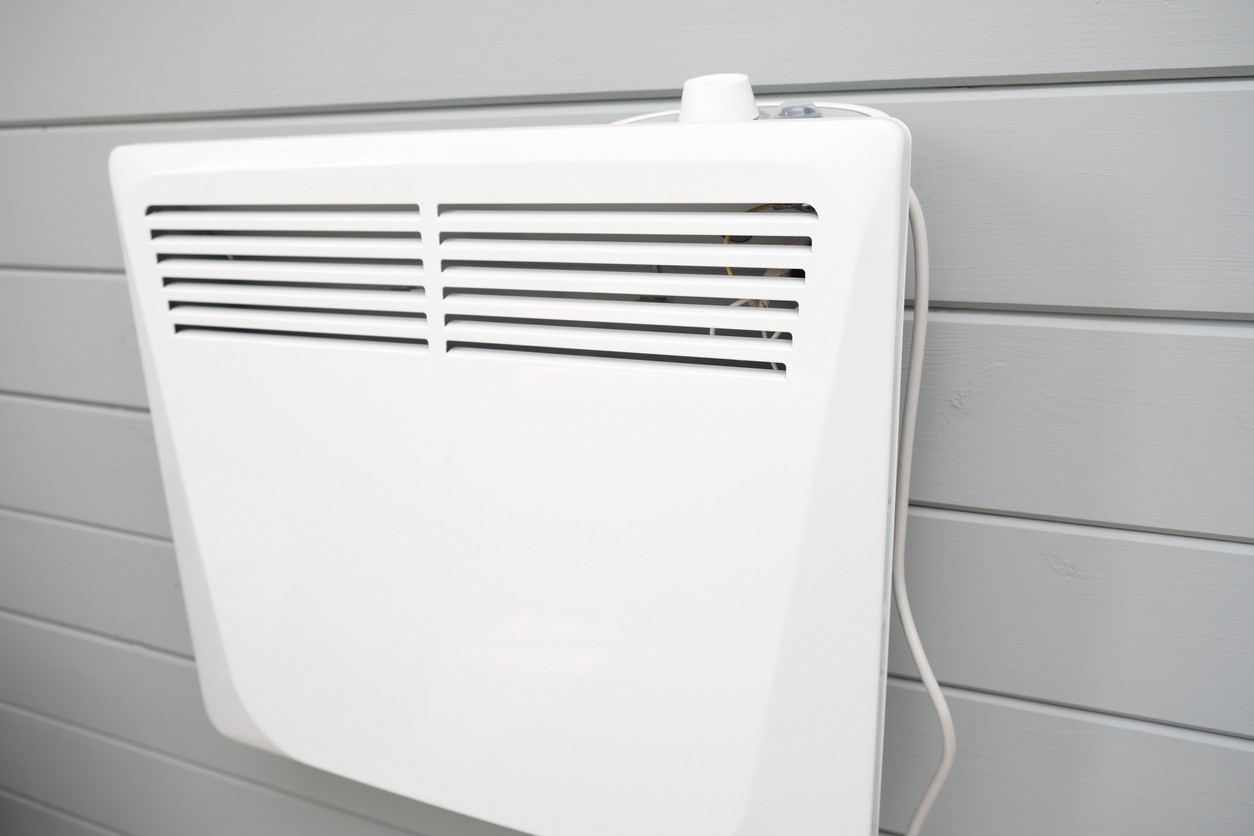As winter approaches, the importance of keeping your garage warm becomes evident for several reasons. Ensuring your garage is well-heated is crucial to maintaining your tools and equipment at optimal temperatures, preventing issues like icy tools and constraints on adhesives and paints due to low temperatures. Beyond this, a heated garage establishes a comfortable environment for diverse activities, such as automotive repairs or woodworking, even in the coldest weather. This not only enhances the longevity of your tools and materials but also fosters a workspace that encourages productivity.
Regardless of whether your garage serves as a workshop, storage space, or a relaxation spot, a cold environment can significantly impede your activities. Conversely, a properly heated garage not only safeguards your tools and materials but also cultivates a more enjoyable and productive atmosphere, allowing you to maximize your garage space, regardless of external weather conditions.
This comprehensive guide will delve into various DIY heating options, exploring the advantages and disadvantages of different methods to warm your garage. From straightforward insulation measures to advanced heating systems like space heaters, radiant floor heating, and forced air systems, we will provide practical tips for efficient use of each solution.
1. Optimizing Wall Insulation
Begin by fortifying your garage’s insulation to ensure an effective heating environment. Emphasize insulating walls, windows, and garage doors using materials like fiberglass batt insulation. Not only does this step retain heat, but it’s also a savvy financial move, trimming down your heating bills. Remember, a well-insulated garage is the cornerstone for year-round comfort. This step not only retains heat but also saves you money on heating bills.
2. Choosing the Right Heat Source
Selecting the right heat source is essential for effectively warming your garage, especially considering its size. Standard space heaters might struggle, so explore alternatives like ceiling-mounted forced-air heaters. The Dr. Infrared Ceiling-Mounted Garage Heater is a noteworthy option, offering substantial warmth and user-friendly features such as remote controls and thermostats. To tackle cold spots near the floor, you might also consider adding a hydronic baseboard heater like the Slant/Fin Hydronic Baseboard Heater to your heating strategy.
3. Draft Elimination for Consistent Warmth
Don’t underestimate the influence of drafts on your garage’s warmth. It’s crucial to spot and seal gaps in your garage door frames using weather-strip seals like M-D Building Products Vinyl Garage Door Top and Sides Seal. Keep an eye on aging gaskets, and consider upgrading to more effective options, such as Houseables’ Garage Door Bottom Weatherstrip Gasket. If you have drafty windows, applying shrink-type film, like Duck Shrink Film Window Insulator Kit, can add an additional insulation layer, keeping your garage snug and preventing cold air from creeping in.
4. Consider Radiant Floor Heating for Comfort
If you’re constructing a new garage or thinking about upgrading your floor, you might want to explore the benefits of installing a radiant floor heating system. This process entails incorporating reflective liners and flexible piping beneath the concrete surface. A boiler then circulates hot water through these pipes, resulting in a comfortably warm floor that’s perfect for various activities, especially those that involve automotive work. This innovative heating solution ensures a cozy and efficient environment for your garage.
5. Efficient Practices for Energy Savings
Unlocking Thermostat Efficiency: These devices play a pivotal role by actively managing temperatures, providing warmth when necessary, and intelligently conserving energy during idle periods. By regulating heating systems based on real-time needs, thermostats ensure optimal comfort while minimizing energy consumption, contributing to both a cozy atmosphere and sustainable energy practices in the garage.
Smart Temperature Control Systems: These systems offer remote heating management, enabling users to adjust temperatures from anywhere. With scheduling features, they adapt to daily routines, ensuring warmth when needed and conserving energy during idle times. This not only provides a convenient and comfortable experience but also contributes to an eco-friendly and budget-conscious approach to garage heating, aligning with both environmental sustainability and cost-effectiveness.
Ventilation Strategies: Effective ventilation is crucial when heating your garage during winter to maintain a healthy and comfortable environment. Ensure proper air circulation by opening windows periodically to let in fresh air and remove potential pollutants. Consider installing exhaust fans to help eliminate lingering fumes or moisture.
This prevents the buildup of harmful gases and keeps the air quality in check. Additionally, using a dehumidifier can reduce excess moisture, preventing issues like mold growth. Proper ventilation not only ensures a safer space but also helps distribute heat more evenly, maximizing the efficiency of your heating system. Remember, a well-ventilated garage contributes to a warm and healthy workspace, making your winter projects more enjoyable.
6. Real-Life Garage Heating Success Stories
Derive valuable insights from real-world case studies to discover effective solutions for heating your garage during winter. These authentic examples offer practical lessons, whether it’s embracing a specific technology, testing a unique strategy, or overcoming common challenges. By examining successful implementations, homeowners can find inspiration and proven methods to create a warm and comfortable garage environment. These case studies serve as a valuable resource for those seeking reliable and tested solutions, providing actionable ideas to enhance winter heating practices in a straightforward and easily understandable manner.
7. Exploring Various Heating Methods
Make informed decisions by comparing various heating methods including:
Ductless Mini-Split Heat Pump
- Advantages:
- Consistent Warmth: The ductless mini-split heat pump is designed to provide reliable and consistent warmth throughout your garage.
- Ductwork Exclusion: Unlike traditional heating systems, this option doesn’t involve ductwork, simplifying installation and maintenance.
- Disadvantages:
- Limited Coverage: While effective for most garage sizes, larger spaces might require additional units for optimal heating.
- Upfront Cost: The initial investment for a ductless mini-split heat pump can be higher compared to some alternatives.
Window Heat Pump
- Advantages:
- Cost-Effective: Window heat pumps offer an affordable solution for heating smaller garage spaces.
- Easy Installation: Installation is straightforward, making it a practical choice for those seeking a hassle-free setup.
- Disadvantages:
- Space Limitations: Effective for smaller areas, window heat pumps may struggle to provide sufficient warmth in larger garages.
- Limited Aesthetics: Some homeowners find the appearance of window heat pumps less appealing compared to other heating options.
Portable Heat Pump
- Advantages:
- Portability: The standout feature of portable heat pumps is their ability to be moved around, providing heat wherever it’s needed.
- Ease of Installation: Similar to window heat pumps, portables are easy to install and require minimal setup.
- Disadvantages:
- Noise Levels: Portable heat pumps might produce more noise than desired, making them less suitable for quiet environments.
- Limited Coverage: Like window units, portables are ideal for smaller spaces and may struggle to heat larger garages effectively.
Radiant Floor Heating
- Advantages:
- Uniform Heating: Radiant floor heating ensures even warmth, creating a comfortable environment in your garage.
- Aesthetic Appeal: This system is hidden beneath the floor, preserving the visual appeal of the garage space.
- Disadvantages:
- New Construction Requirement: Installation is most efficient during new constructions or floor replacements, making it less feasible for existing structures.
- Complex Installation: Retrofitting an existing garage with radiant floor heating can be labor-intensive and costly.
Electric Ceiling Panels
- Advantages:
- Quick and Efficient Heating: Electric ceiling panels provide rapid warmth, making them ideal for spaces transformed into studios or hangout areas.
- Space-Saving: Mounted on the ceiling, these panels save floor space, offering flexibility in garage design.
- Disadvantages:
- Installation Complexity: Professional installation is recommended, as the electrical work involved can be complex.
- Limited Coverage: Depending on the size of the garage, multiple panels may be required for optimal heating.
Space Heaters
- Advantages:
- Versatility: Available in electric, propane, kerosene, or natural gas options, space heaters offer versatility to suit various preferences.
- Portability: Designed to be moved around, space heaters can be placed where heat is needed most.
- Disadvantages:
- Safety Concerns: Safety features, such as tip-over switches and overheating protection, are crucial due to the inherent risks associated with space heaters.
- Limited Coverage: While portable, a single space heater may not be sufficient for larger garages, requiring multiple units.
Wall-Mounted Electric Heaters
- Advantages:
- Space-Saving Design: Wall-mounted electric heaters are ideal for smaller garages where floor space is valuable.
- Ease of Installation: These heaters are easy to install, making them a practical choice for those seeking a straightforward setup.
- Disadvantages:
- Limited Coverage: Similar to ceiling panels, wall-mounted heaters may require multiple units for effective heating in larger spaces.
- Specific Placement: Proper placement is crucial to ensure even heat distribution, requiring careful consideration during installation.
Convection Heaters
- Advantages:
- Uniform Heating: Convection heaters provide even warmth, creating a cozy environment for relaxation.
- Low Noise Levels: Minimal noise output makes these heaters suitable for quiet environments.
- Disadvantages:
- Limited Coverage: While effective for smaller spaces, convection heaters may struggle to heat larger garages efficiently.
- Energy Consumption: Continuous operation may lead to higher energy consumption, impacting utility costs.
Forced Air Heater
- Advantages:
- Effective for Large Areas: Forced air heaters are designed to efficiently heat larger garage spaces.
- Rapid Heating: These systems can quickly raise the temperature in expansive areas.
- Disadvantages:
- Professional Installation: Installation and maintenance require professional expertise, adding to the overall cost.
- Noise Levels: Forced air heaters can be noisier compared to some other options, which might be a concern in quiet environments.
Infrared Heater
- Advantages:
- High Efficiency: Infrared heaters are known for their efficiency in converting energy into heat.
- Silent Operation: Operating silently, these heaters are suitable for spaces where noise is a concern.
- Safety: The exterior remains cool to touch, reducing the risk of burns and making them safer for families with children or pets.
- Disadvantages:
- Limited Coverage: While efficient, infrared heaters may have limitations in effectively heating larger garages.
- Upfront Cost: The initial investment for infrared heaters might be higher compared to some traditional options.
Propane Heater
- Advantages:
- Instant Warmth: Propane heaters provide instant warmth, making them suitable for medium to large areas.
- Portability: These heaters can be moved around, offering flexibility in heat placement.
- Disadvantages:
- Safety Concerns: Careful monitoring is essential due to the potential risks associated with propane heaters.
- Ventilation Requirement: Adequate ventilation is crucial to prevent the buildup of harmful gases, adding to installation considerations.
Wood Stove
- Advantages:
- Slow, Steady Heating: Wood stoves provide a gradual and consistent source of heat.
- Aesthetic Appeal: For those who appreciate a traditional and rustic aesthetic, wood stoves add character to the garage.
- Disadvantages:
- High Maintenance: Regular cleaning and maintenance are necessary to ensure the safe and efficient operation of wood stoves.
- Fire Hazard: Wood stoves pose a fire hazard, requiring vigilant monitoring to prevent accidents.
Garage Insulation
- Advantages:
- Optimal System Performance: Proper insulation ensures that your chosen heating system operates at peak efficiency.
- Energy Savings: Well-insulated garages retain heat more effectively, reducing overall energy consumption and costs.
- Disadvantages:
- Upfront Cost: The initial investment in insulation materials and installation may be significant.
- Installation Complexity: Insulating existing structures can be labor-intensive, requiring careful consideration of door, wall, ceiling, and floor insulation.
Conclusion:
By implementing the strategies and solutions outlined in this guide, you’ll be well-equipped to transform your garage into a warm and inviting space throughout the winter. Whether you opt for simple insulation measures, advanced heating systems, or a combination of both, the key is to tailor your approach to the unique characteristics of your garage. Stay warm and make the most of your garage, regardless of the outside temperature.







